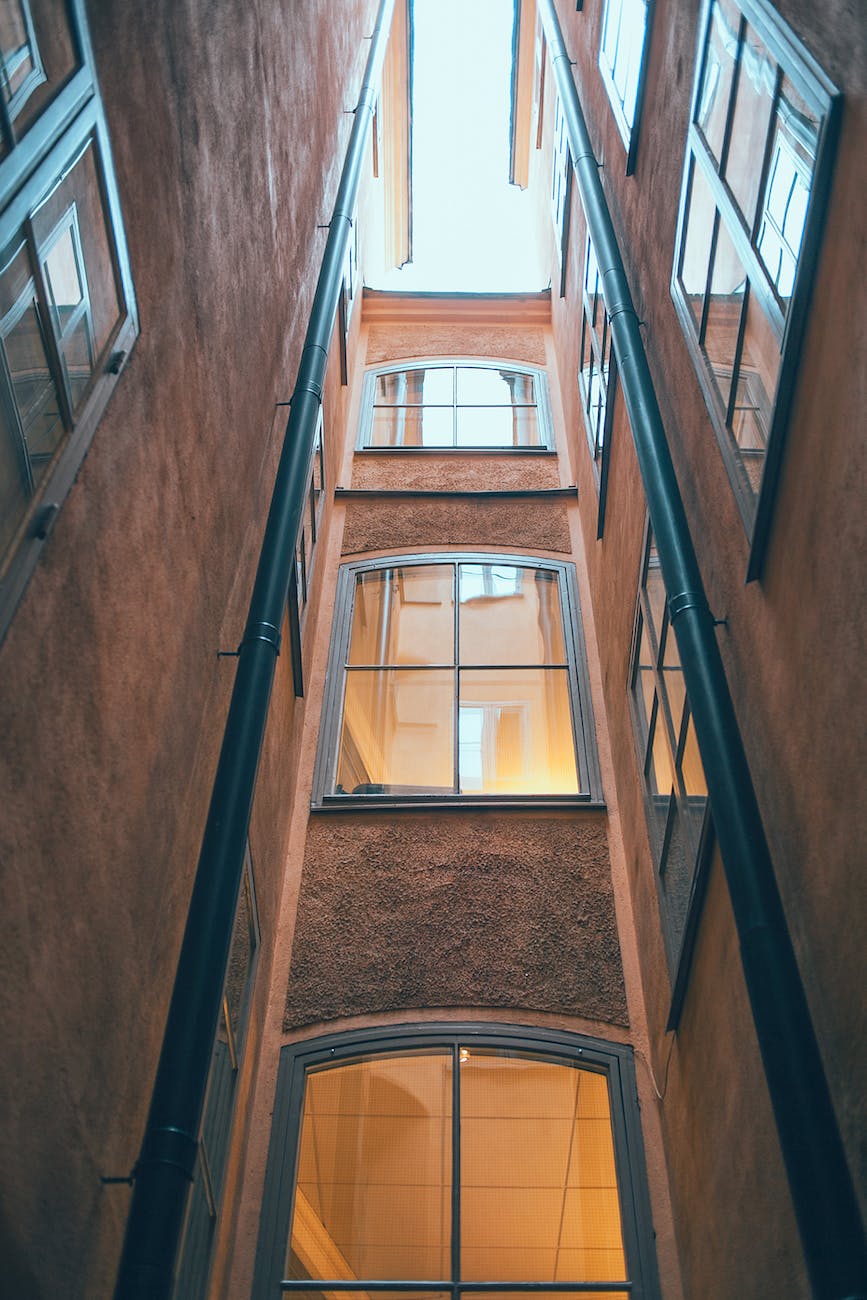No products in the cart.
How Does a Flat Roof Drain Work?
Flat roofs are a favored choice for many commercial and residential constructions due to their stylish aesthetic that additionally offers a supported space above the structure. But often, their quintessential drainage system is overlooked; this is integral in order to ensure water does not accumulate, thus avoiding any possible harm to the roof. Here we will elucidate the inner workings of a flat roof drain.
Importance of proper drainage on flat roofs
Effective drainage is an essential component of maintaining a flat roof as it prevents water from pooling on the roof’s surface. Without proper drainage, the roof structure can become stressed and even sag or leak, while the roofing materials may start to deteriorate over time. This makes the installation and regular maintenance of a functional drain system paramount for protecting one’s flat roof against damage and ensuring its long-term integrity. Appropriately designed flat roof drains are typically installed in a low-lying area that allows for water runoff to move away from the building safely. They should be checked periodically for any blockages caused by debris or plant life that can cause water to build up on the slope. Should they become clogged, these drains should be cleared immediately in order to reduce the risk of excessive moisture seeping into the substrate material and compromising the structure of your flat roof. Proper drainage is integral for keeping a flat roof in optimal condition, averting costly repairs and extending its lifespan.
Components of a flat roof drain
Here are some of the main components of a flat roof drain:
1. Scupper openings
Scupper openings are an important structural feature commonly used in building design. They are typically found on the sides of parapet walls or along the roof’s perimeter, designed to serve as open outlets for water drainage. By redirecting rainwater away from a building and into a downspout or stormwater system, they help to protect against potential damage caused by flooding or pooling water. Scupper openings come in a variety of shapes and sizes, depending on their purpose, the size of the roof area, and the expected volume of water flow. Careful consideration should be taken when designing scupper openings, as proper installation is essential for effective water drainage and ensuring that potential issues such as pooling or flooding do not occur. When properly set up and maintained, scuppers are an invaluable part of any building’s exterior design providing efficient drainage solutions while offering an aesthetically pleasing look.
2. Drainage pipes
Drainage pipes are a crucial part of any roof drainage system, responsible for safely conveying collected water away from the building and into the stormwater system. To ensure efficient and reliable performance, the material used for these pipes must be able to handle the harsh elements and high-pressure water flow. Common materials used for drainage pipes include PVC, cast iron, and galvanized steel; each providing its own unique set of advantages and levels of durability. PVC is lightweight and corrosion-resistant while cast iron offers superior strength despite its heavier weight. Galvanized steel provides a powerful combination of strength and durability with excellent resistance to corrosion. By selecting the right material for their drainage pipes, homeowners can ensure their roof drainage systems perform optimally while protecting against any potential damage due to water backups or frozen pipes in colder climates.
3. Roof drains
Flat roofs can benefit immensely from the installation of roof drains, a system composed of a strainer or grate to prevent blockage, and an outlet to attach drainage pipes. For optimum efficiency, the proper slope should be taken into account during installation, allowing for the efficient flow of water away from the structure and avoiding flooding. Moreover, regular maintenance and cleaning of the system are critical in order to preserve its longevity and prevent blockages at the drain body. By investing in quality roof drains and ensuring they are maintained regularly, you can effectively safeguard your flat roof’s structural integrity while preventing the pooling of excess moisture.
4. Sumps and traps
Sumps and traps are essential components of a roof drainage system, designed to work together to maintain effective flow and prevent blockage. Sumps are reservoirs or basins typically found below roof drains; they collect debris-laden water as well as any other material that could potentially obstruct pipes further down the line. Traps, on the other hand, take the form of water-filled bends in the drainage pipes which create an airtight barrier between the interior of a building and its exterior environment. This helps to reduce fumes from entering the building while also preventing small animals or insects from getting inside. Sump and traps act as safeguards against clogging, protecting both indoor air quality and plumbing systems by filtering runoff before it reaches other parts of the system.
Flat roof drainage explained by Colony Roofers offers valuable insights into maintaining an efficient water removal system for flat roofs. Thorough flat roof drainage is instrumental in safeguarding a building’s structural stability, as well as in preserving its operational efficacy. For those engaged in roofing design and maintenance, the onus lies upon them to ensure that effective drainage systems are both implemented and routinely attended to. With an informed approach and thoughtful proficiency, the potential of water-related issues can be drastically reduced. Ultimately resulting in flat roofs that offer enduring protection while retaining their optimized performance.






